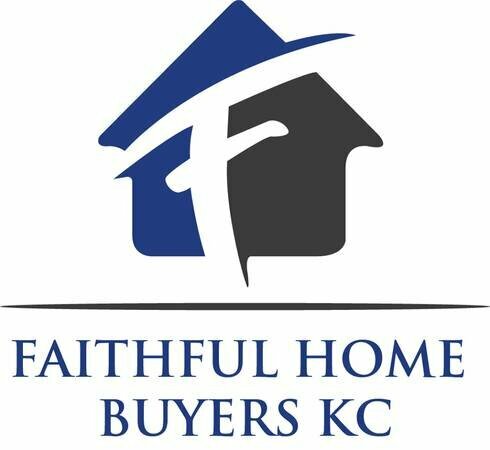Thinking about investing in multi-family properties in Kansas City, MO? It may seem like a surefire way to secure a steady cash flow. However, not all properties are created equal. In this guide, we’ll show you how to assess whether a multi-family property is truly worth your investment!
Learn how to evaluate the worth of a multi-family property in Kansas City. Use these simple calculations to ensure your investment is worthwhile before making a move!
When investing in a multi-family property in Kansas City, consider not only the price but also the value. Price reflects your initial investment, while value indicates the potential returns. Multi-family units present higher value compared to single homes due to reduced vacancy risks.

Evaluating the Worth of a Multi-Family Property in Kansas City
Understanding Price vs. Value in Multi-Family Properties
Price vs. Value: What You Need to Know
When evaluating a multi-family property in Kansas City, it’s crucial to differentiate between the property’s price and its intrinsic value. While the price represents the initial investment, the value signifies the long-term returns it can generate.
Why Multi-Family Units Often Offer Higher Value
What Are The Operating Expenses?
Operating Expenses: A Critical Component of Your Budget
Operating expenses play a crucial role in assessing the financial viability of your investment. These expenses include:
- Maintenance Costs: Routine upkeep is vital for maintaining the property’s condition. This includes costs for cleaning, landscaping, pest control, and general repairs.
- Turnover Costs: Multi-family properties often experience higher tenant turnover than single-family homes, leading to additional costs for cleaning, repainting, and replacing carpets or other fixtures.
- Utilities: Depending on the setup, you may be responsible for utilities such as water, gas, electricity, and garbage disposal for common areas or the entire building.
- Property Management Fees: If you hire a property management company, their fees will be a significant part of your operating expenses.
- Insurance: Multi-family properties usually require more extensive insurance coverage, which can be costlier than policies for single-family homes.
- Reserves for Repairs: It’s wise to set aside funds for unexpected repairs, especially for major systems like HVAC, plumbing, and electrical. While expensive to replace, these items are crucial for preserving the property’s value.
A useful rule of thumb for estimating operating expenses is the 50% rule: assume that 50% of your rental income will go toward operating expenses. This can help you create a more realistic budget and avoid unpleasant surprises.
Net Operating Income or NOI
Net Operating Income (NOI) is one of the most critical metrics for evaluating the profitability of a multi-family property. It represents the income generated from the property after all operating expenses have been deducted but before mortgage payments, taxes, and other financial obligations.
How to Calculate NOI
To calculate the Net Operating Income (NOI), subtract total operating expenses from the gross rental income. For instance, if your property generates $100,000 in annual rent and incurs $50,000 in operating expenses, the NOI would be $50,000. This figure is crucial for determining how much profit the property will generate on an annual basis.
Cap Rate
The capitalization rate, or cap rate, is a key metric used to assess the risk and return of a real estate investment. It is calculated by dividing the Net Operating Income (NOI) by the property’s purchase price. For instance, if your property has an NOI of $50,000 and you purchased it for $800,000, the cap rate would be 6.25%.
What Does Cap Rate Tell You?
A higher cap rate typically indicates a higher risk but also the potential for higher returns. On the other hand, a lower cap rate indicates a safer investment, though it may offer lower returns.. In Kansas City, a target cap rate of around 6% is often considered a good balance between risk and reward.
Enhancing Market Appeal
To maximize profitability, it’s essential to focus on increasing the NOI while maintaining fairness to tenants. Cosmetic upgrades can justify rent increases. Consider improvements like new appliances, fresh paint, enhanced landscaping, and updated fixtures to boost property value.
Additional revenue streams such as parking, laundry, application, pet, and late fees can significantly increase your overall income.
